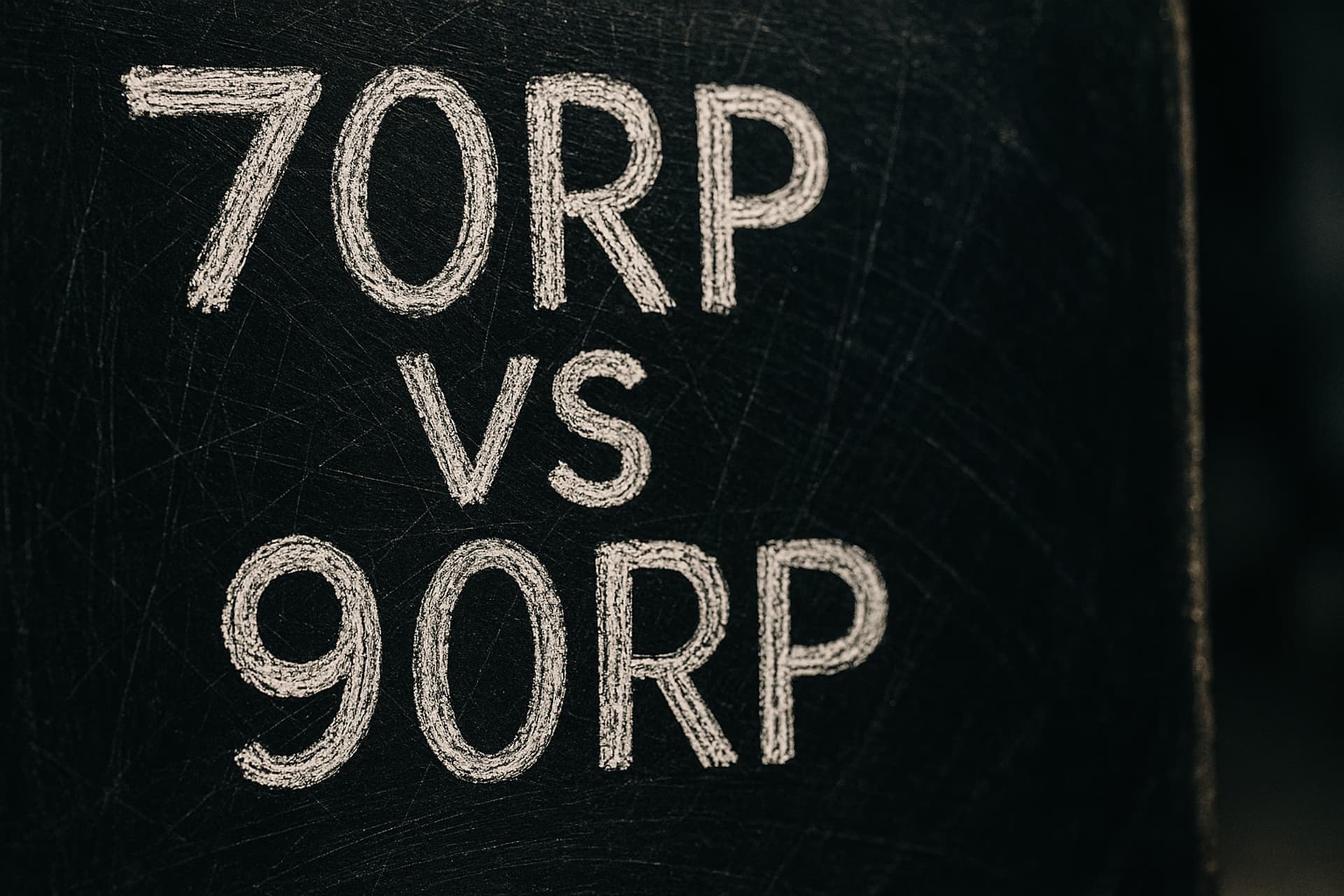O-Level Chemistry Planning & Risk Statement Library
Download printable cheat-sheet (CC-BY 4.0)14 Nov 2025, 00:00 Z
A
Reviewed by
Azmi·Senior Chemistry Specialist
Want small-group support? Browse our IP Chemistry Tuition hub.
TL;DR
Planning contributes fifteen percent of Paper 3. SEAB expects candidates to identify variables, outline procedures, reference safety, and explain data handling (SEAB 2026 syllabus, pp. 25–27).
This library groups ready-to-use statements by experiment family — titration, rates, separation, salt prep, gas collection, qualitative inorganic/organic, and data-logger tasks — so you can mix-and-match during the exam.
Pair it with the ACE Evaluation Clinic to deliver a full-score P–MMO–PDO–ACE response.
Connect to the Experiment Hub
Use this statement library while working through the O-Level Chemistry Experiments hub so every practical write-up—titrations, separations, electrolysis—shares consistent Planning and safety phrasing.
1 | Planning checklist (use for every task)
- Aim / hypothesis — what you are measuring or proving.
- Variables — independent, dependent, and at least two controls with how to keep them constant.
- Apparatus & method — concise steps referencing the official apparatus list (p. 28).
- Safety — chemicals, equipment, PPE, waste disposal.
- Data handling — how measurements will be recorded, averaged, or graphed.
- Validity — repeat runs, concordant readings, or reference samples/control tests.
Write in full sentences but keep it tight; aim for 6–8 bullet points or short paragraphs.
2 | Statement bank by experiment family
Titration
- Aim. “To determine the concentration of ___ acid by titrating with 0.100 mol dm⁻³ NaOH.”
- Variables. Keep temperature constant (lab ambient), use the same indicator volume (3 drops phenolphthalein).
- Safety. Acids/alkalis are corrosive — wear goggles, rinse spills with water.
- Data. Record initial/final burette readings to 0.05 cm³; average concordant titres within 0.10 cm³.
Rates of reaction
- Aim. “To investigate how acid concentration affects the rate of CO₂ production from marble chips.”
- Variables. Keep chip mass and surface area constant, maintain temperature with water bath.
- Safety. CO₂ displaces oxygen — conduct in ventilated area; acids corrosive.
- Data. Measure gas volume every 20 s using gas syringe; plot volume vs time.




